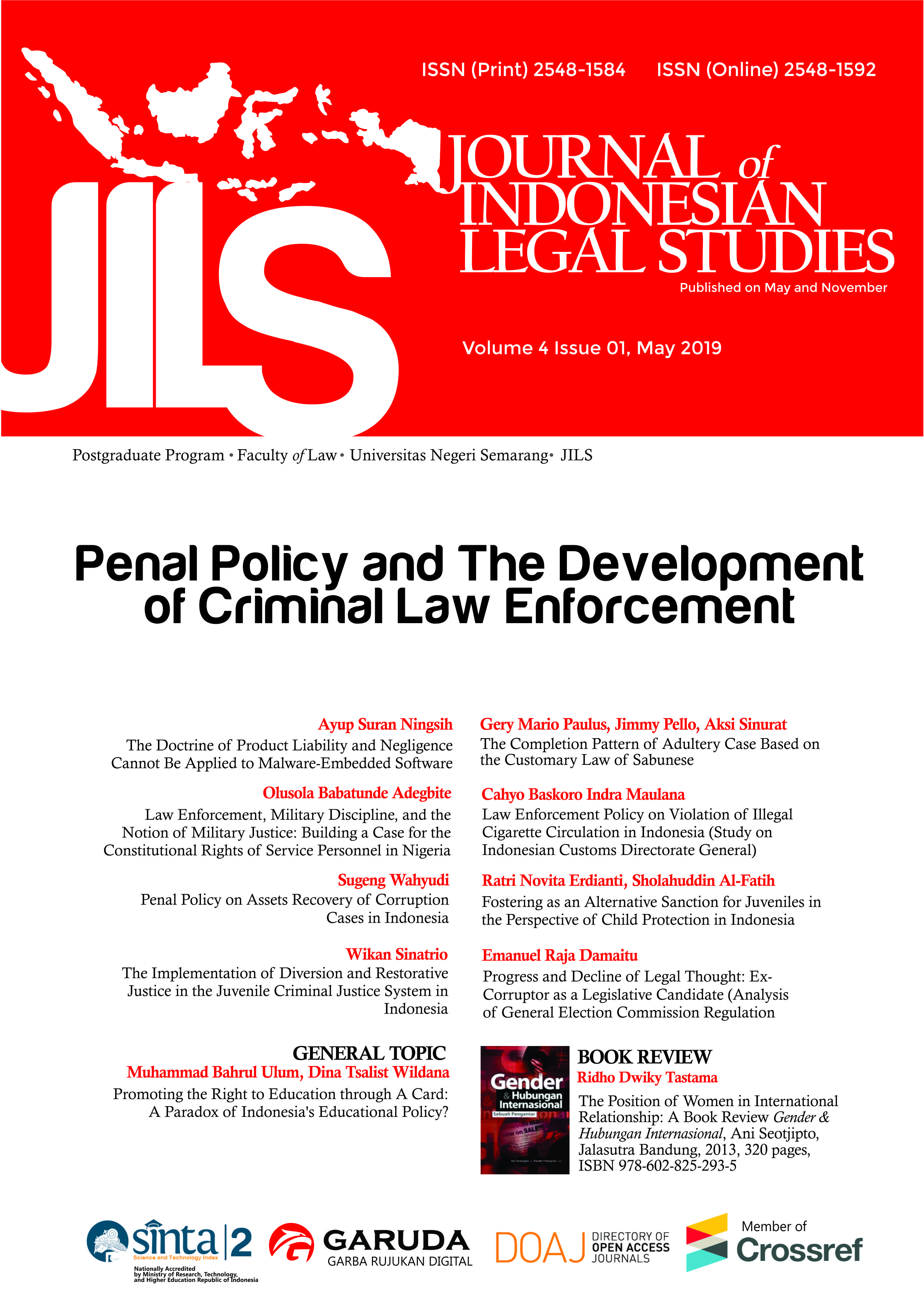
Navigating Education: Current Policies and Legal Frameworks
Education law policies play a pivotal role in shaping the landscape of our educational systems. From ensuring equal opportunities to safeguarding student rights, these policies provide a framework for educational institutions to operate within.
Foundations of Education Law: Equal Opportunities for All
At the heart of education law lies the principle of equal opportunities. These policies aim to eliminate discrimination and create an inclusive environment for students of all backgrounds and abilities. From admissions to educational resources, the legal framework strives to ensure that every student has an equitable chance to succeed.
Student Rights and Responsibilities: Balancing Act in Education Law
Education law outlines the rights and responsibilities of students, establishing a delicate balance. It encompasses issues like freedom of expression, privacy, and disciplinary procedures. Striking this balance is essential to maintain a conducive learning environment while respecting the individual rights of students.
Special Education: Tailoring Education to Diverse Needs
Special education policies address the unique needs of students with disabilities. These regulations mandate the provision of appropriate accommodations and support services, fostering an inclusive educational experience. Understanding these policies is crucial for educators, parents, and administrators to create a supportive environment for all students.
Education Law and Technology: Navigating the Digital Landscape
In the era of technology, education law has expanded to encompass the digital landscape. Policies address issues like online learning, student data privacy, and the responsible use of technology in classrooms. Navigating this intersection requires a nuanced understanding of how technology intersects with education and the legal obligations that come with it.
Title IX and Gender Equality: Ensuring Fair Treatment
Title IX is a cornerstone in education law, prohibiting discrimination based on sex. It addresses issues such as sexual harassment, assault, and gender-based discrimination in educational programs. Familiarity with Title IX is crucial for educational institutions to create a safe and respectful environment for all students.
Teacher Rights and Responsibilities: Upholding Educational Standards
Education law extends to teachers, outlining their rights and responsibilities. From academic freedom to professional conduct, these policies set the standards for educators. Understanding these guidelines helps ensure a high-quality and ethical teaching environment.
Disciplinary Policies: Striking a Balance for a Safe Environment
Maintaining a safe learning environment requires clear disciplinary policies. Education law outlines the procedures for handling disciplinary issues while safeguarding the rights of students. Striking a balance between maintaining order and respecting the due process is vital in fostering a conducive educational setting.
Education Law and Diversity: Fostering Inclusivity
Diversity is a hallmark of modern education, and education law reflects this reality. Policies address issues of cultural competence, language diversity, and the creation of an inclusive curriculum. Embracing diversity not only complies with legal requirements but also enriches the educational experience for all.
Continuous Evolution: Adapting Education Law to Changing Realities
Education law is not static; it evolves to meet the changing needs of society. Policies must adapt to technological advancements, societal shifts, and emerging educational trends. Staying informed about these changes is essential for educators, administrators, and policymakers alike.
For a deeper understanding of education law policies and their implications, consider consulting with legal professionals. Visit Josslawlegal.my.id for expert advice tailored to the unique challenges of navigating education law in your institution.

